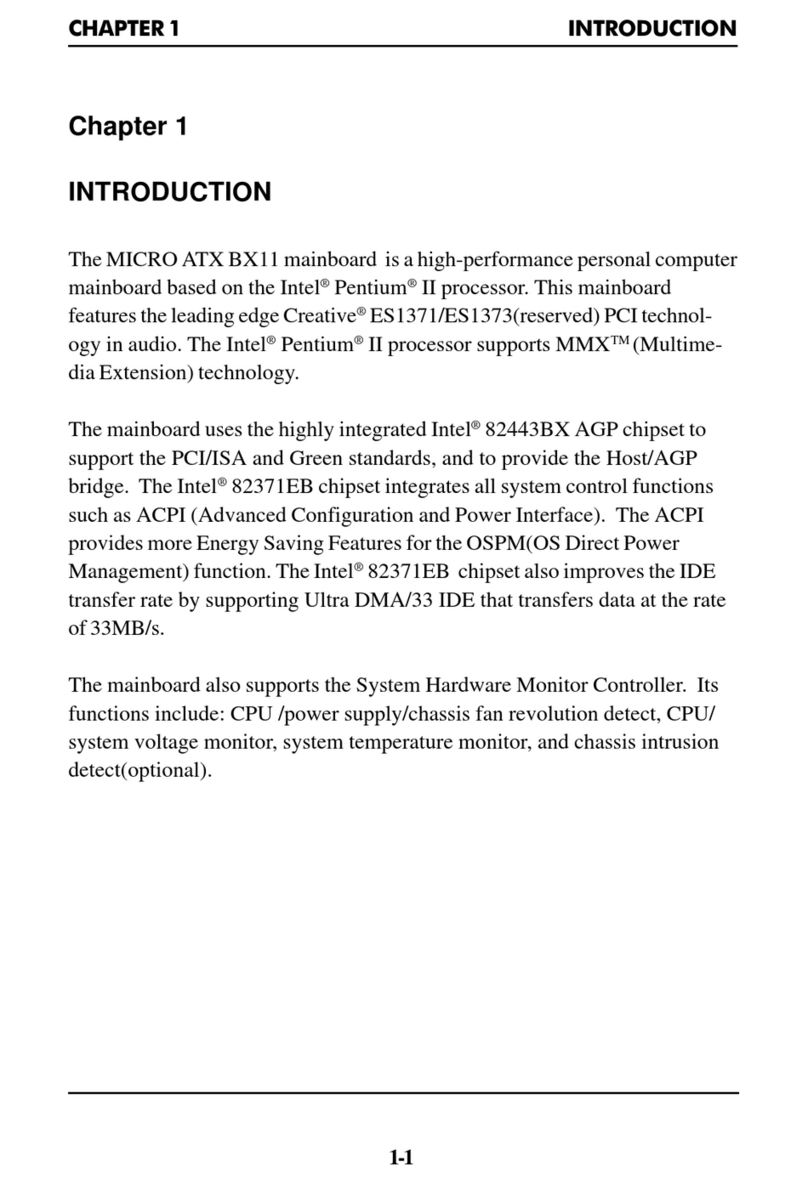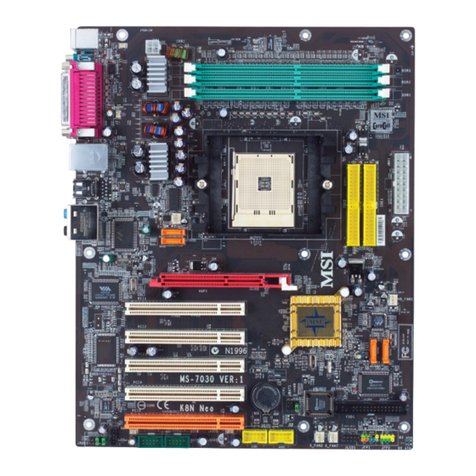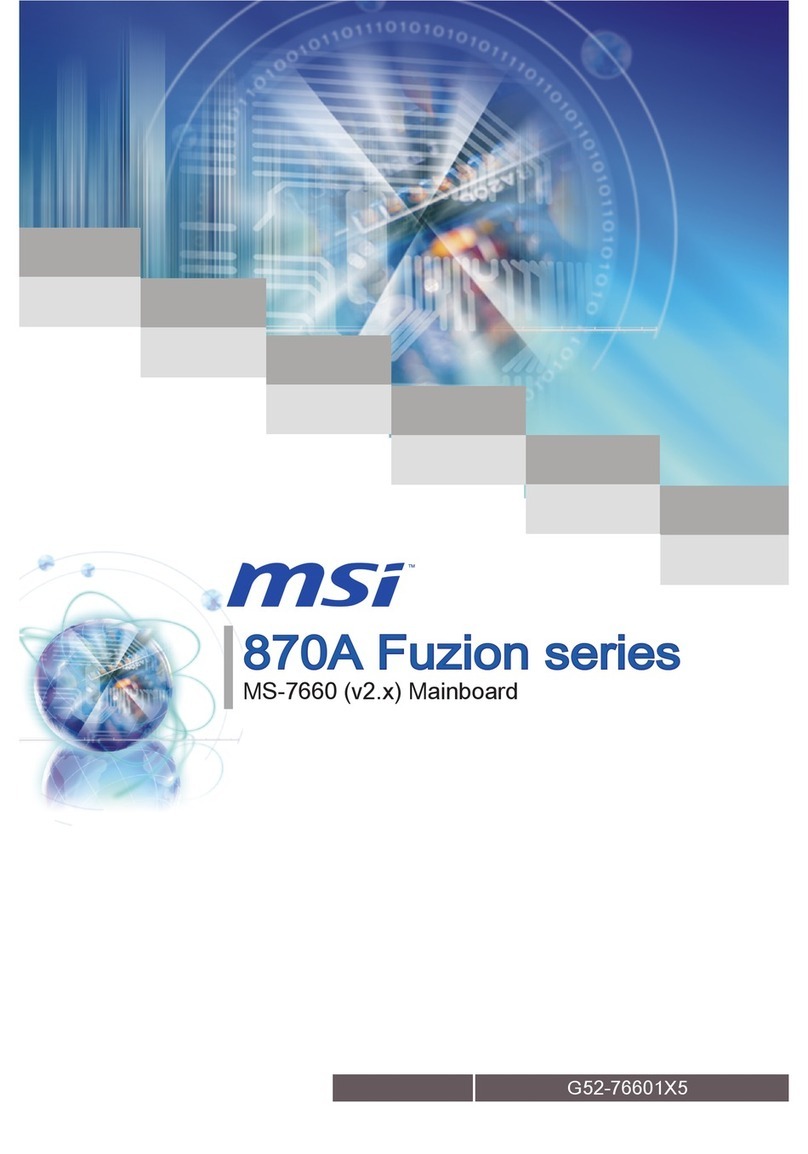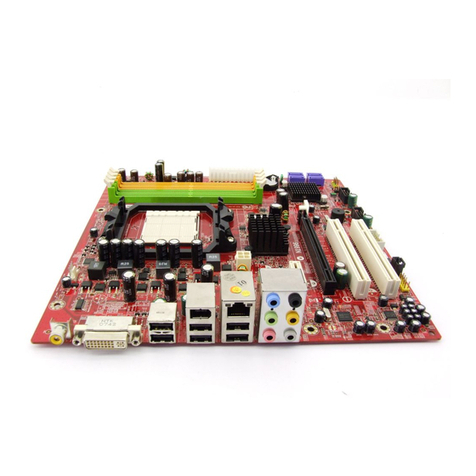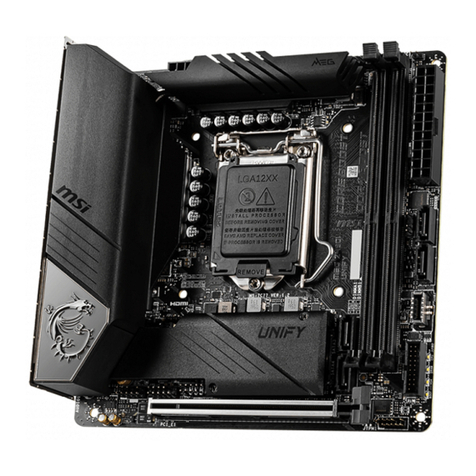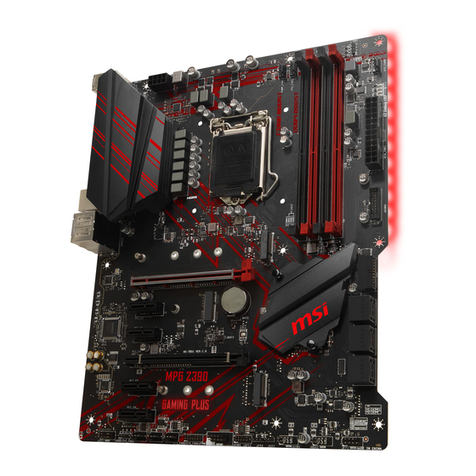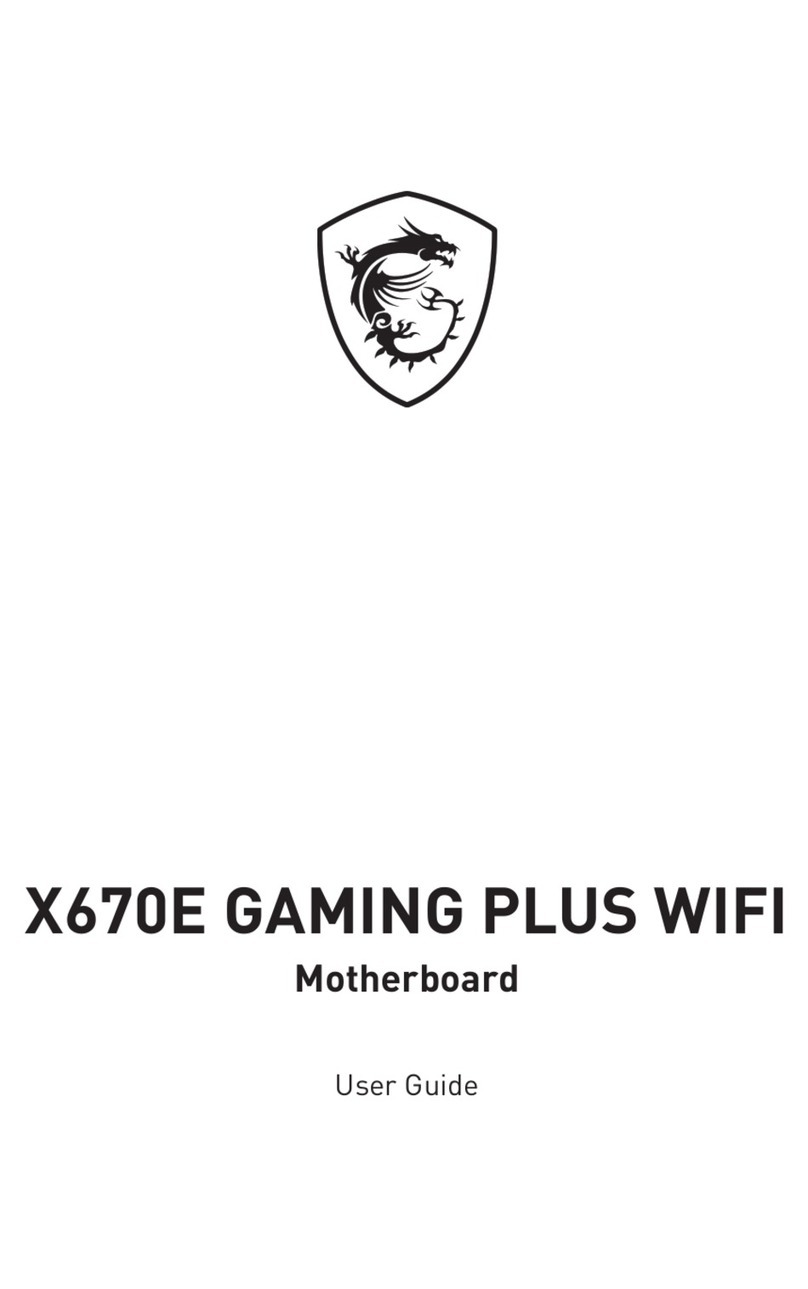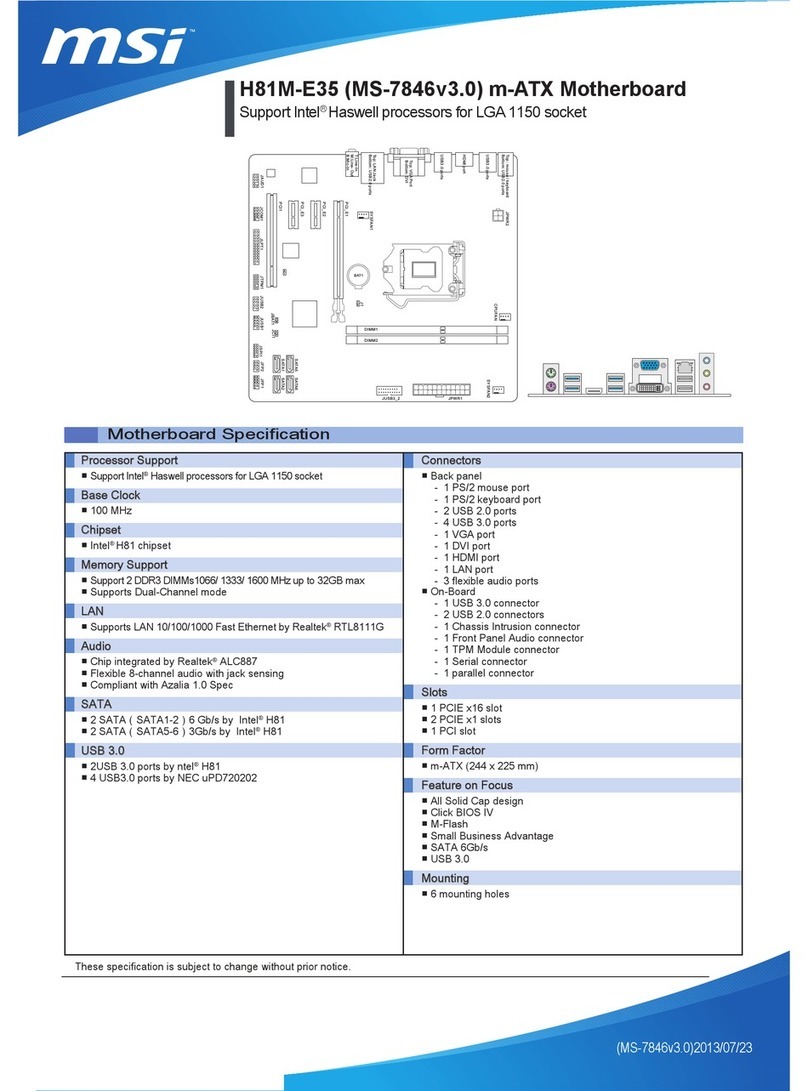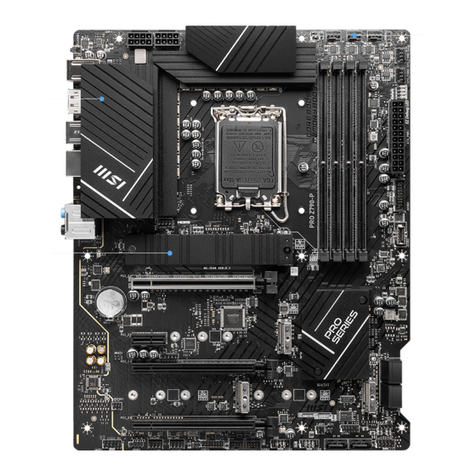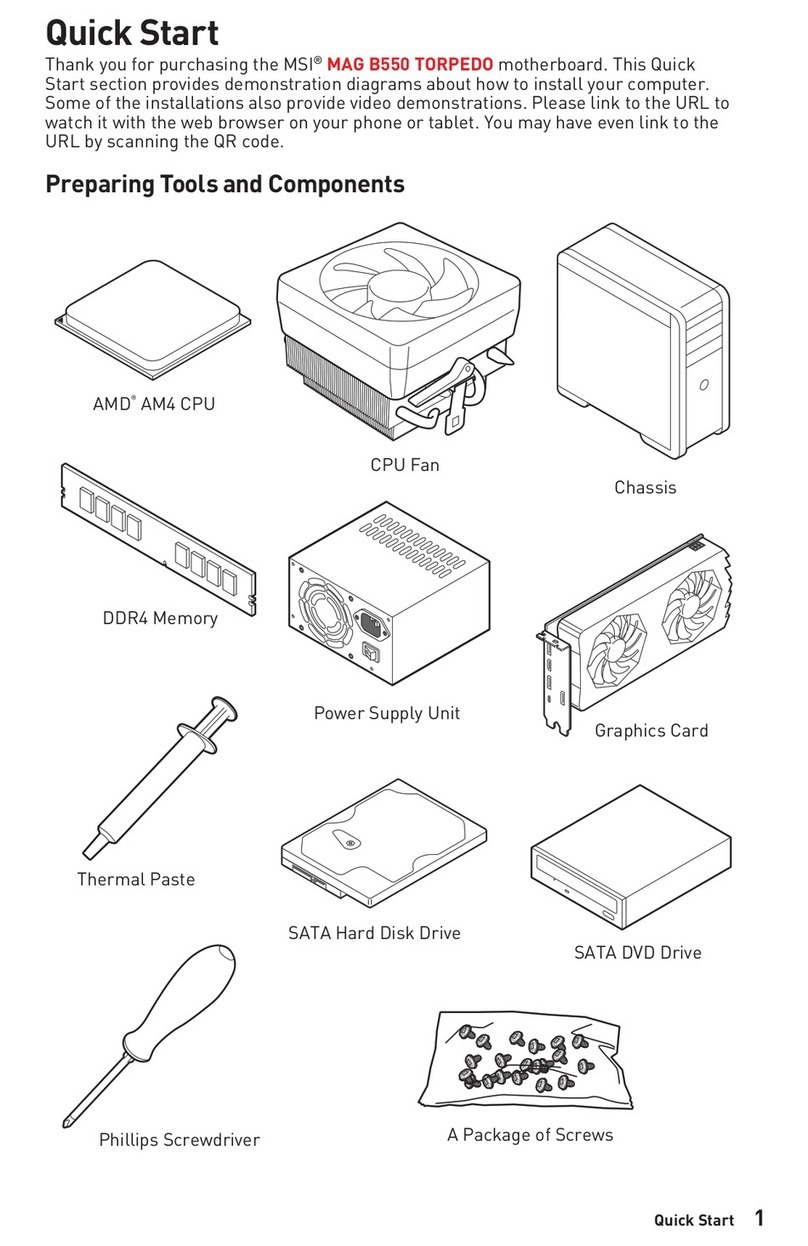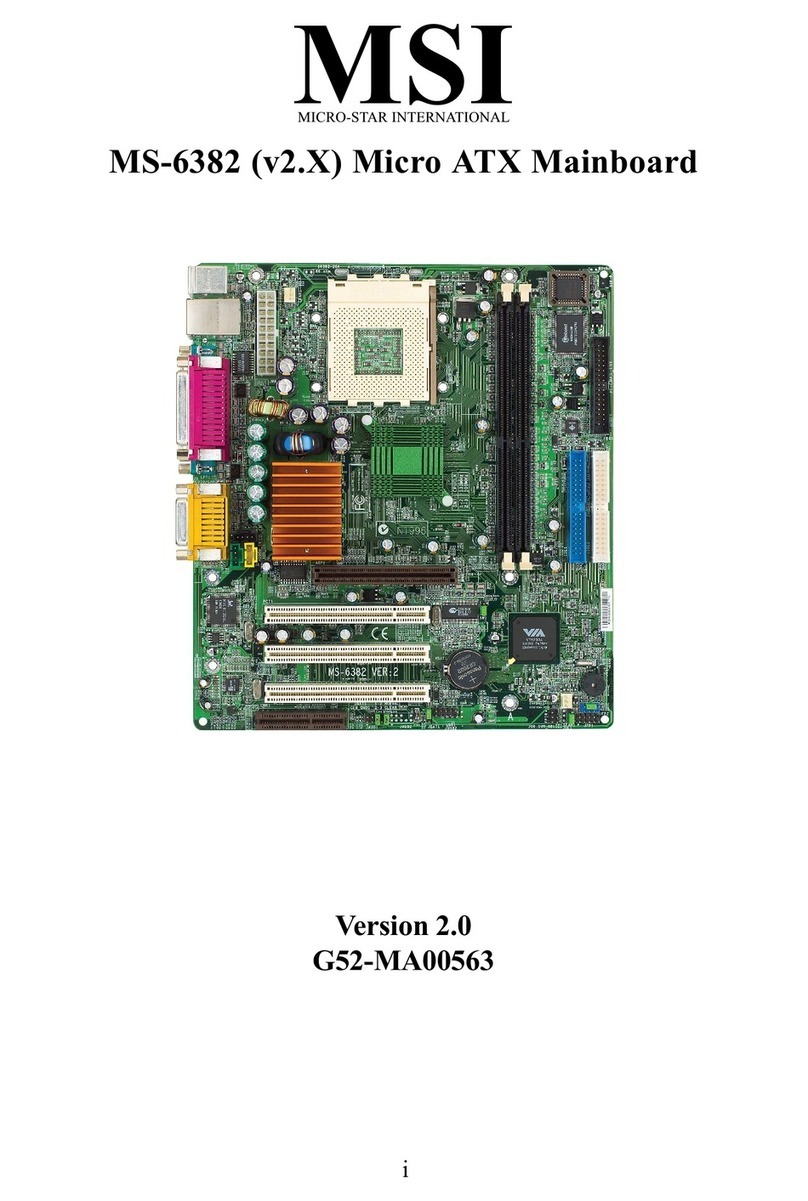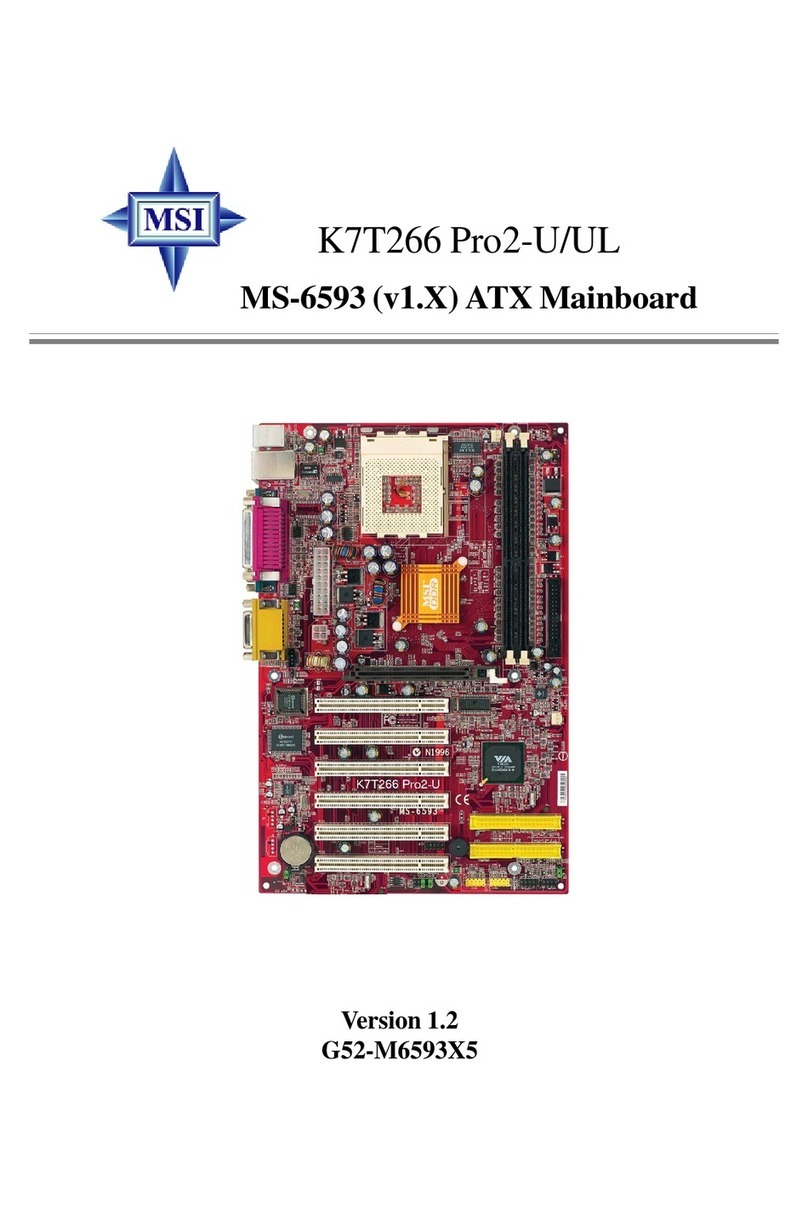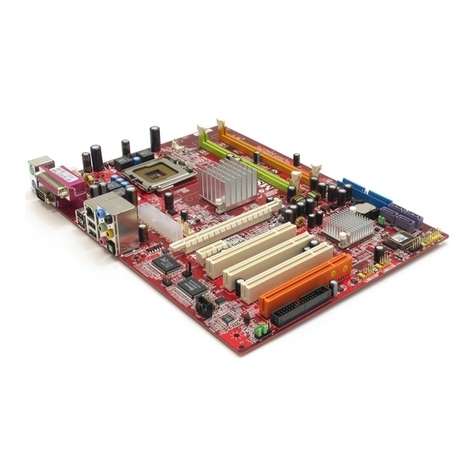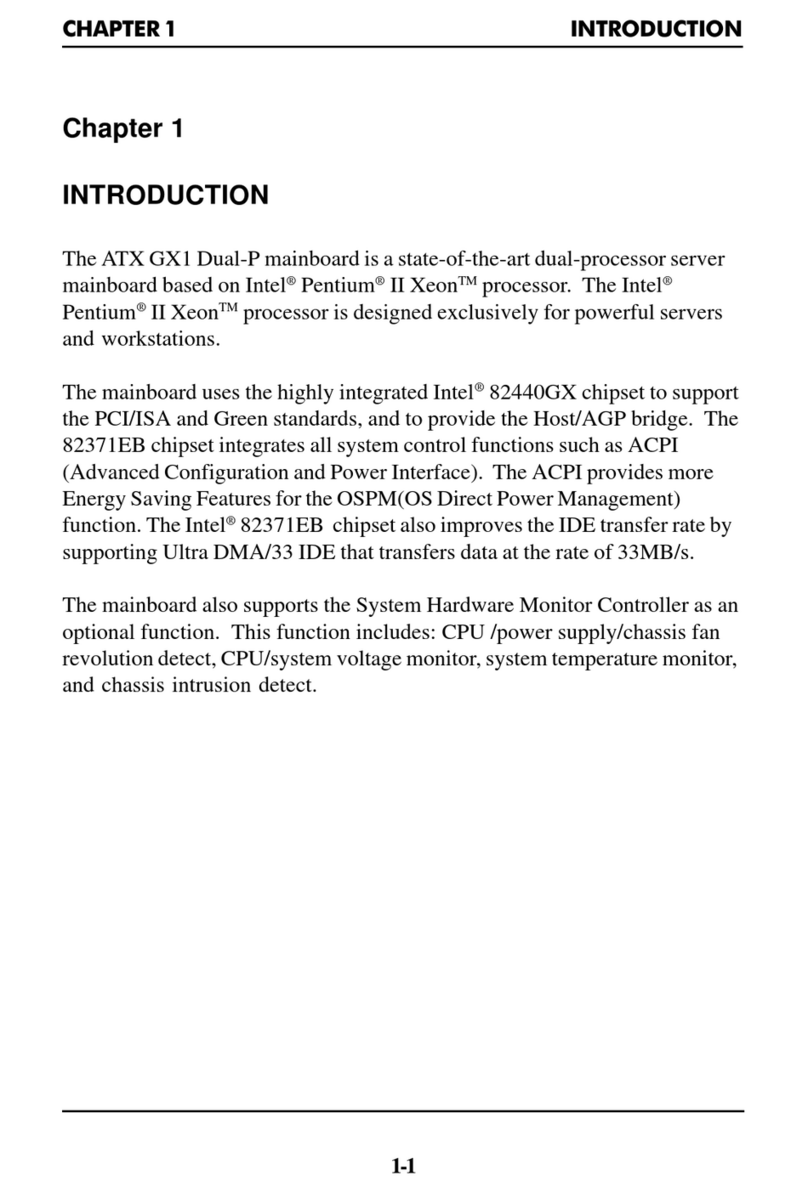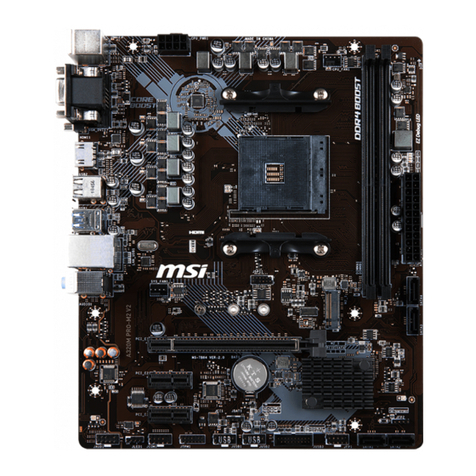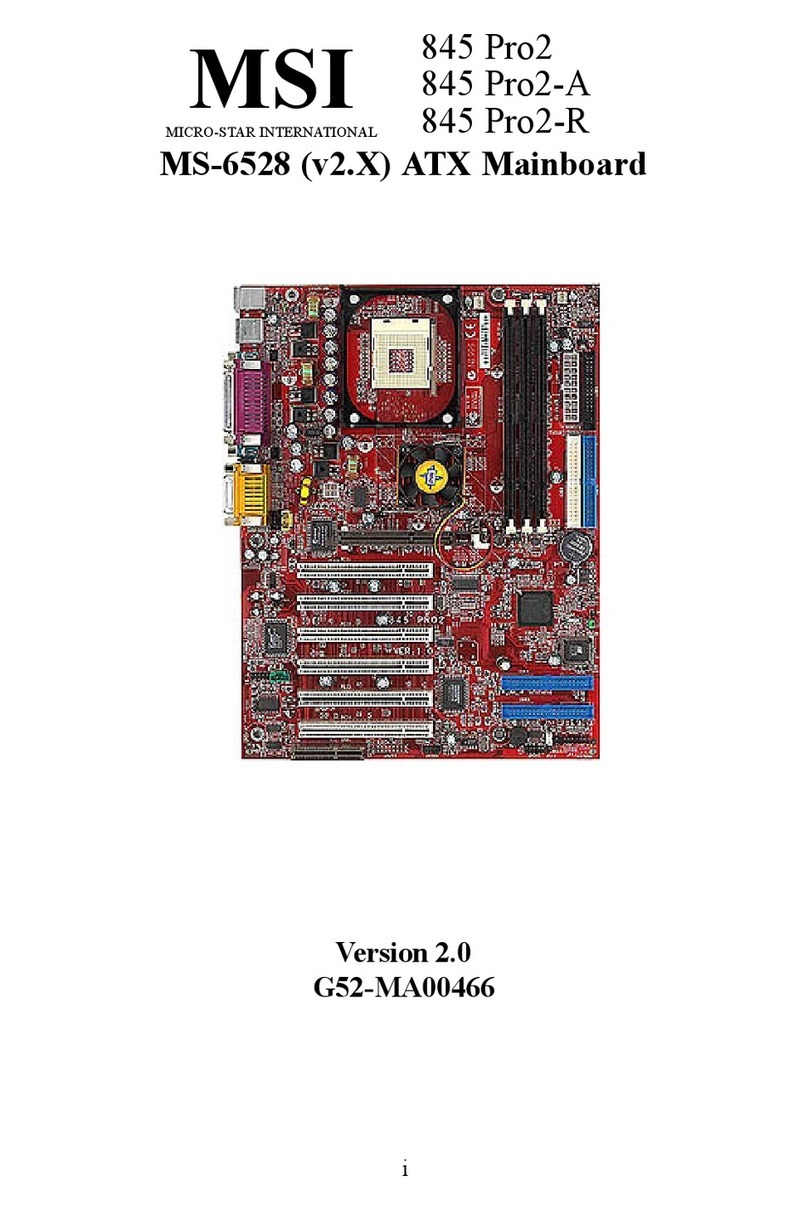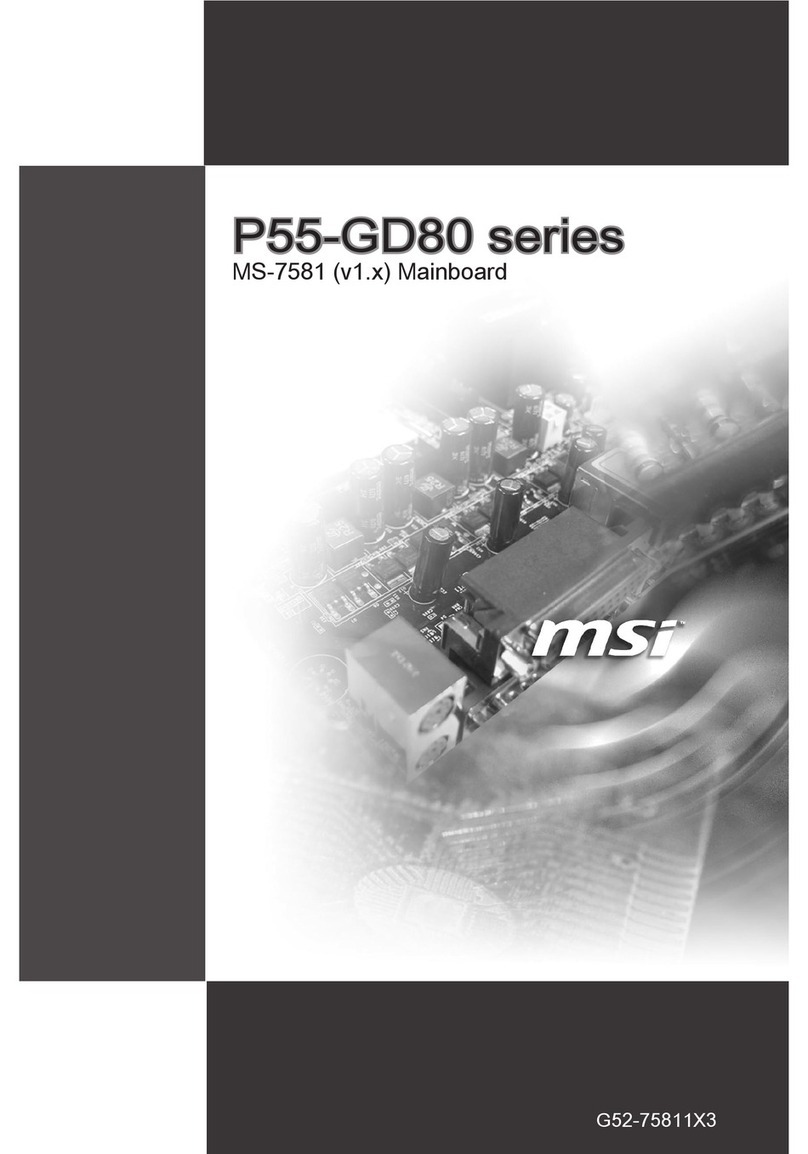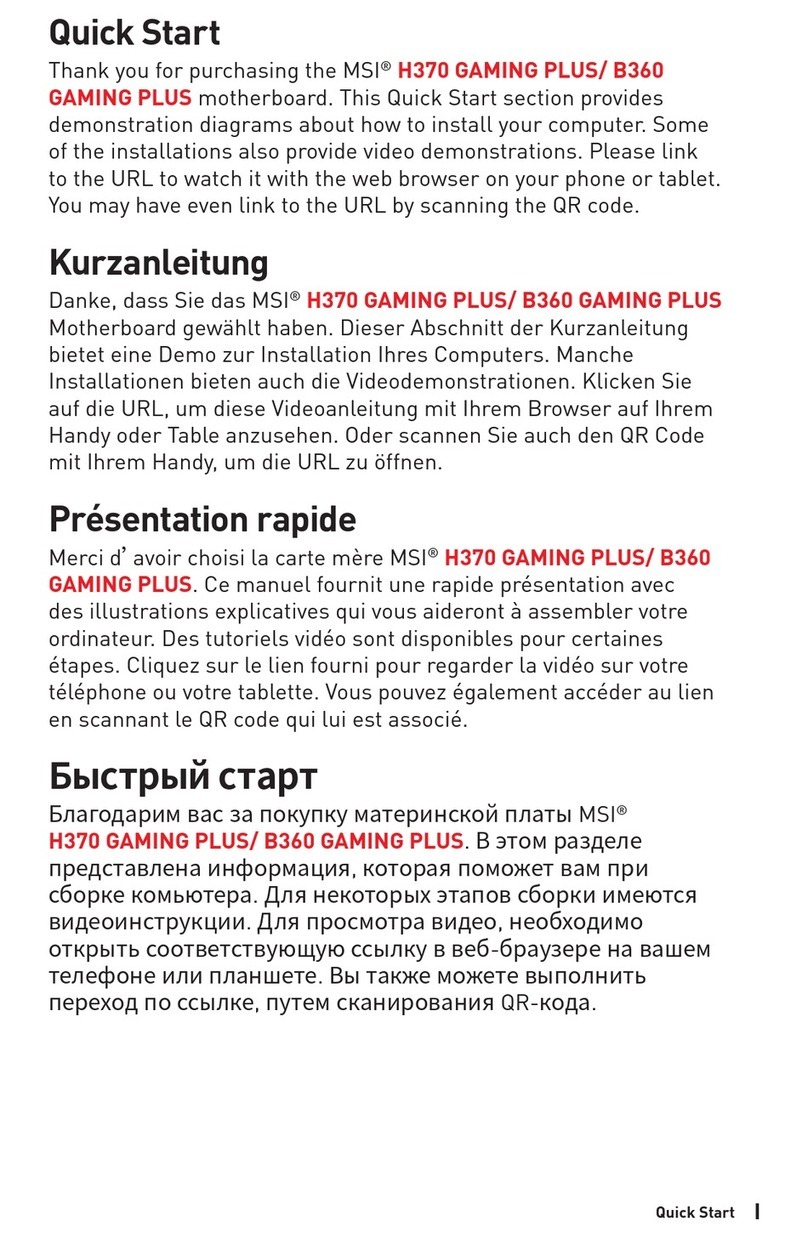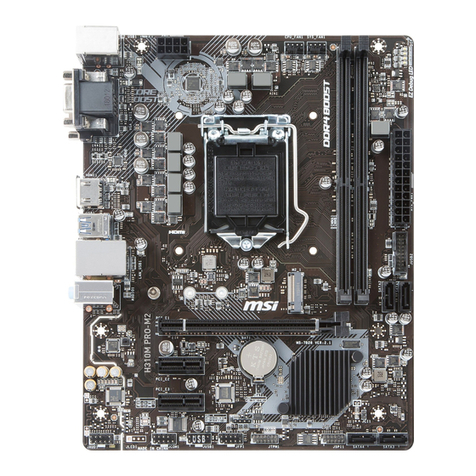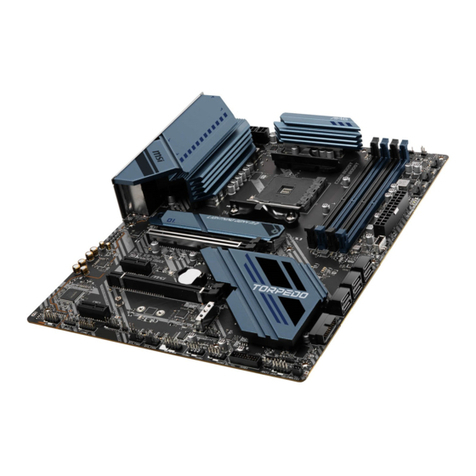vi
Audio Port Connectors ......................................................2-12
Connectors .............................................................................2-13
Floppy Disk Drive Connector: FDD1 ..................................2-13
Hard Disk Connectors: IDE1 & IDE2 .................................2-14
Case Connector: JFP1 ......................................................2-15
Wake On LAN Connector: JWOL1 ....................................2-17
Wake On Ring Connector: JMDM1 ...................................2-17
IrDAInfraredModuleConnector:J2 ...................................2-18
USB Front Panel Connector: USB2...................................2-18
CD-In/AuxLine-In/Modem-InConnector:JCD1/JAUX1/J_PHN1
.........................................................................................2-19
Fan Power Connectors: C_FAN1/S_FAN1.........................2-20
D-Bracket™ Connector: J21..............................................2-21
Jumpers ..................................................................................2-22
Clear CMOS Jumper: JBAT1 .............................................2-22
Slots .......................................................................................2-23
AGP (Accelerated Graphics Port) Slot ..............................2-23
PCI Slots ..........................................................................2-23
CNR (Communication Network Riser) Slot ........................2-23
ISA Slot (Optional) ............................................................2-24
PCI Interrupt Request Routing ...........................................2-24
Chapter 3. AWARD® BIOS Setup................................................3-1
Entering Setup ..........................................................................3-2
Control Keys .............................................................................3-2
Getting Help..............................................................................3-3
The Main Menu .........................................................................3-4
Standard CMOS Features .........................................................3-6
AdvancedBIOS Features ..........................................................3-9
Advanced Chipset Features ....................................................3-14
IntegratedPeripherals .............................................................3-19
